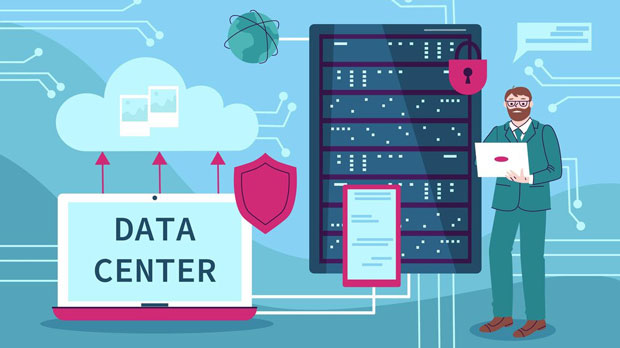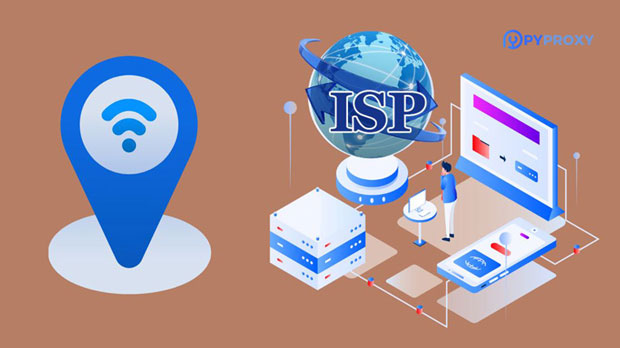In the modern business landscape, multinational companies often need to ensure that their networks are secure, efficient, and easily manageable across various countries and regions. One of the key solutions to achieve this is through the deployment of Forward Proxy nodes. These nodes act as intermediaries between users and the internet, controlling and securing data traffic while improving performance. The deployment of Forward Proxy nodes in a global setting is a complex task that requires strategic planning to meet different regulatory, security, and network performance demands. In this article, we will explore the essential steps multinational companies take to deploy Forward Proxy nodes globally, the challenges they face, and the benefits they can gain from effective proxy management. What is Forward Proxy and Why is It Important for Global Deployment?Forward Proxy is a server that sits between client machines and the internet. When users make requests to access the web, the proxy intercepts these requests, processes them, and then forwards them to the target server. In response, the proxy server also intercepts the data coming from the target server and sends it back to the client. This process helps in various ways: improving security by hiding the client’s IP address, controlling internet access, and caching content for improved network speed and reduced bandwidth use.For multinational companies, implementing Forward Proxy nodes globally is essential for several reasons:1. Security: Forward Proxy nodes can protect internal networks from malicious internet traffic, provide encryption for data, and ensure that sensitive company data is shielded from external threats.2. Performance Optimization: Proxy servers cache frequently requested content, reducing the load on external servers and accelerating access to resources for users across different regions.3. Access Control: By using Forward Proxies, companies can enforce access policies, blocking employees or systems from accessing certain websites or resources based on the company’s policies or regional laws.4. Compliance with Local Regulations: Different countries have different laws regarding data security, privacy, and access to the internet. A global deployment of Forward Proxy nodes helps in complying with these regulations by filtering and controlling data traffic accordingly.Key Steps in Deploying Forward Proxy Nodes GloballyDeploying Forward Proxy nodes across multiple regions requires careful planning and execution. Below are the key steps multinational companies should follow:1. Assess Global Network InfrastructureBefore deploying Forward Proxy nodes, the company must assess its existing network infrastructure across various regions. This includes analyzing the number of employees, data centers, bandwidth usage, security requirements, and regional internet regulations. Understanding these aspects will help in deciding the location of proxy nodes and whether a centralized or distributed proxy server model is more suitable for the company’s needs.2. Choose a Proxy Server ArchitectureThere are two main approaches for implementing proxy nodes: centralized and distributed. - Centralized Architecture: In this model, a few central proxy servers are placed at strategic locations (e.g., headquarters or regional offices) to serve all global users. This approach is simpler and easier to manage but might face latency issues, as users far from the proxy servers will experience slower connection speeds.- Distributed Architecture: In this model, proxy nodes are deployed in multiple locations around the globe. This approach offers improved performance and reduced latency by serving users from the closest available proxy server. However, it requires more complex management and monitoring, as each proxy node needs to be maintained and updated separately.3. Implement Global Proxy Nodes Based on RegionsOnce the architecture is decided, the company must deploy proxy servers based on the geographical needs of its operations. For example, multinational companies with significant operations in Europe, Asia, and North America might deploy regional proxy nodes in those areas. The location of the nodes should be chosen to ensure minimal latency, maximum network uptime, and compliance with regional laws.Local data centers, cloud service providers, or colocation facilities can be used to host these proxy servers. In regions with stringent data residency regulations, companies may need to ensure that all traffic processed by the proxies remains within the jurisdiction.4. Configure Access and Security PoliciesFor Forward Proxy nodes to function effectively, the company must define access and security policies. This includes setting up rules for content filtering, encryption, authentication, and network access control. Additionally, proxies should be configured to prevent unauthorized access, logging activities for audit purposes, and ensuring that only legitimate requests are processed.Security policies should also address how data is cached, as caching sensitive information can be a security risk if not managed properly. To further enhance security, companies should implement regular security audits and software updates for all proxy servers.5. Ensure Compliance with Local Laws and RegulationsDeploying Forward Proxy nodes globally means dealing with different regulations in each country. Compliance with data privacy laws like the GDPR in Europe, CCPA in California, and other local laws is crucial. Companies need to make sure that their proxy servers comply with these regulations by:- Restricting the transfer of personal data across borders where prohibited- Ensuring that data processing is transparent and customers’ consent is obtained when required- Applying data encryption to protect sensitive informationFurthermore, companies must remain up to date with any changes in the law and adapt their proxy server configurations accordingly to remain compliant.6. Monitor and Maintain Proxy NodesOnce the proxy nodes are deployed, continuous monitoring is necessary to ensure the system is running smoothly and efficiently. Monitoring involves:- Tracking server performance and response times- Analyzing traffic patterns for unusual or suspicious activity- Ensuring that caches are regularly cleared to avoid stale data- Updating security features to protect against new threatsThe company should also set up a response plan for any potential issues, such as server outages or security breaches.Challenges and Solutions in Global Proxy DeploymentWhile deploying Forward Proxy nodes globally can offer significant advantages, there are also challenges that multinational companies must address.- Latency Issues: If proxy nodes are not strategically placed, users in remote areas may experience slow access to resources. This can be mitigated by deploying more local proxy nodes and using a Content Delivery Network (CDN) to improve access speed.- Security Concerns: Proxy servers themselves can become targets for cyberattacks. To prevent this, companies should implement strong encryption protocols and regularly update proxy server software to patch vulnerabilities.- Regulatory Compliance: As mentioned, different regions have different regulations. To tackle this, companies should have a legal team constantly monitoring changes in data laws to ensure compliance in all areas.Benefits of Effective Global Proxy DeploymentWhen deployed properly, Forward Proxy nodes provide several benefits for multinational companies:- Improved Network Performance: With proxies caching data and reducing server load, the overall performance of the network is enhanced, ensuring faster internet access for global users.- Increased Security: By hiding internal systems behind proxy servers and controlling internet access, the company reduces the risk of cyberattacks and unauthorized data access.- Cost Efficiency: Reducing bandwidth consumption and improving data routing can result in lower network costs.In conclusion, deploying Forward Proxy nodes globally is a strategic move for multinational companies seeking to enhance security, optimize network performance, and comply with regional regulations. Although the process involves complexities, with careful planning, proper infrastructure, and continuous monitoring, companies can ensure that their global operations run efficiently and securely.
May 26, 2025


































































